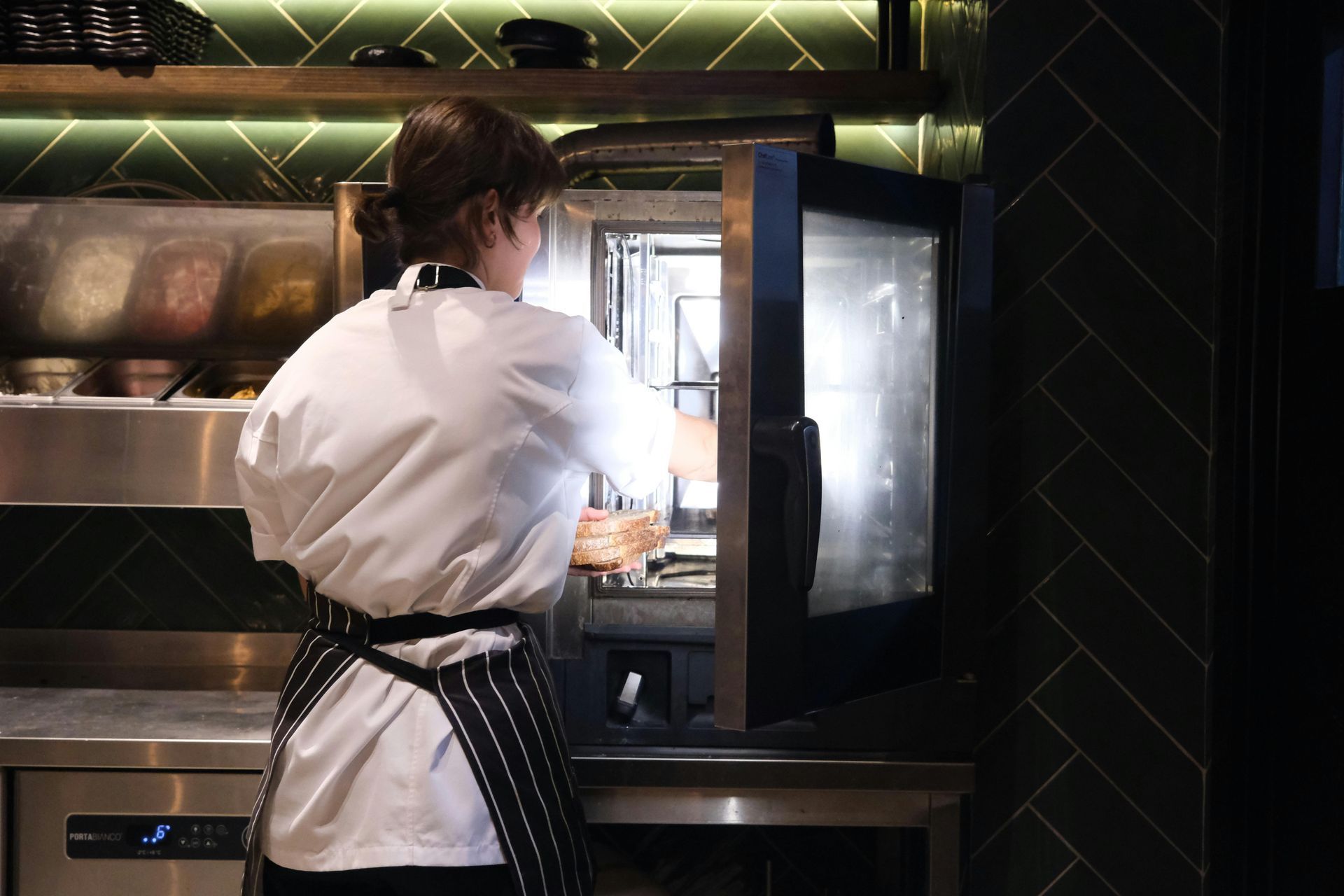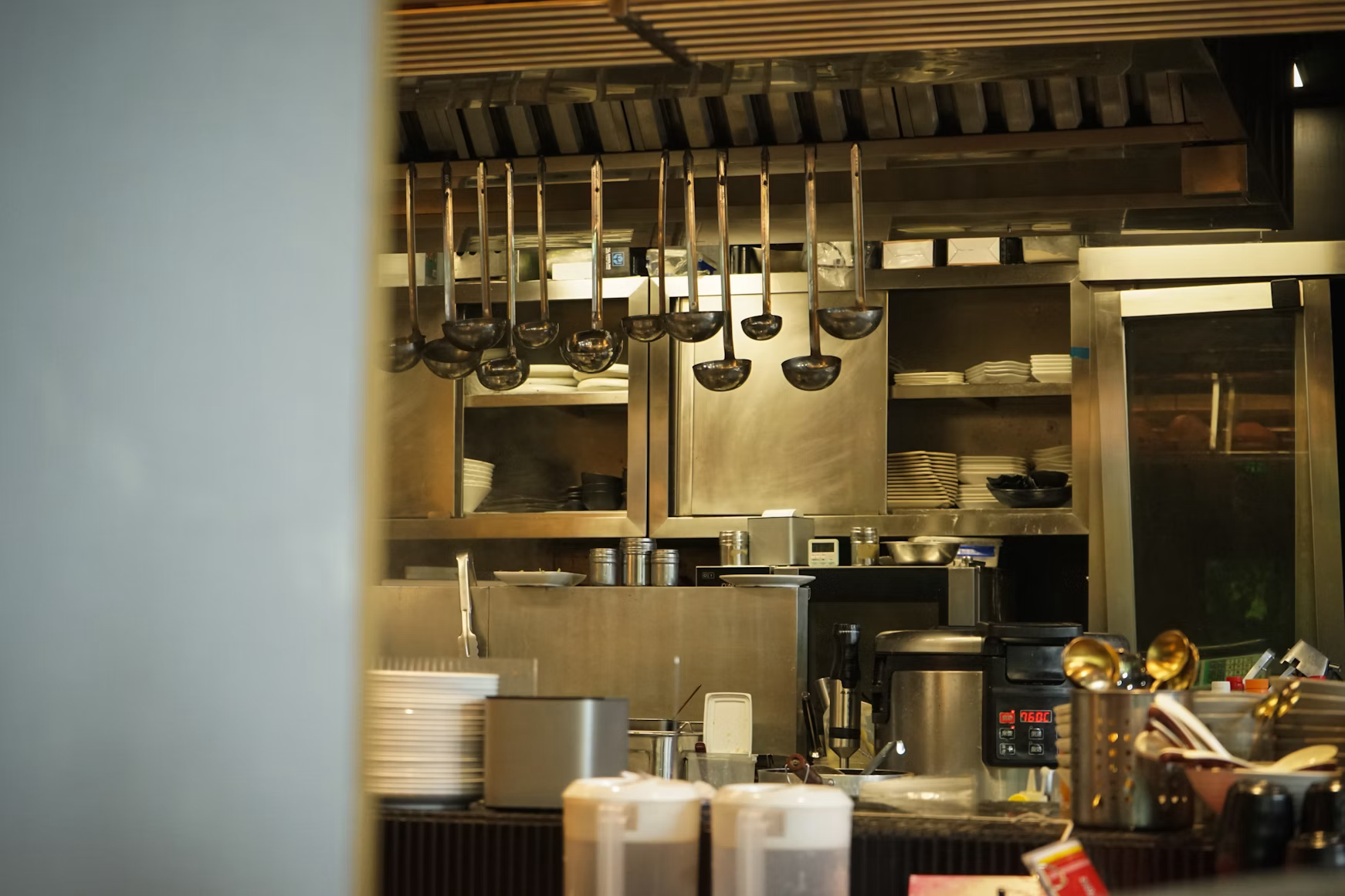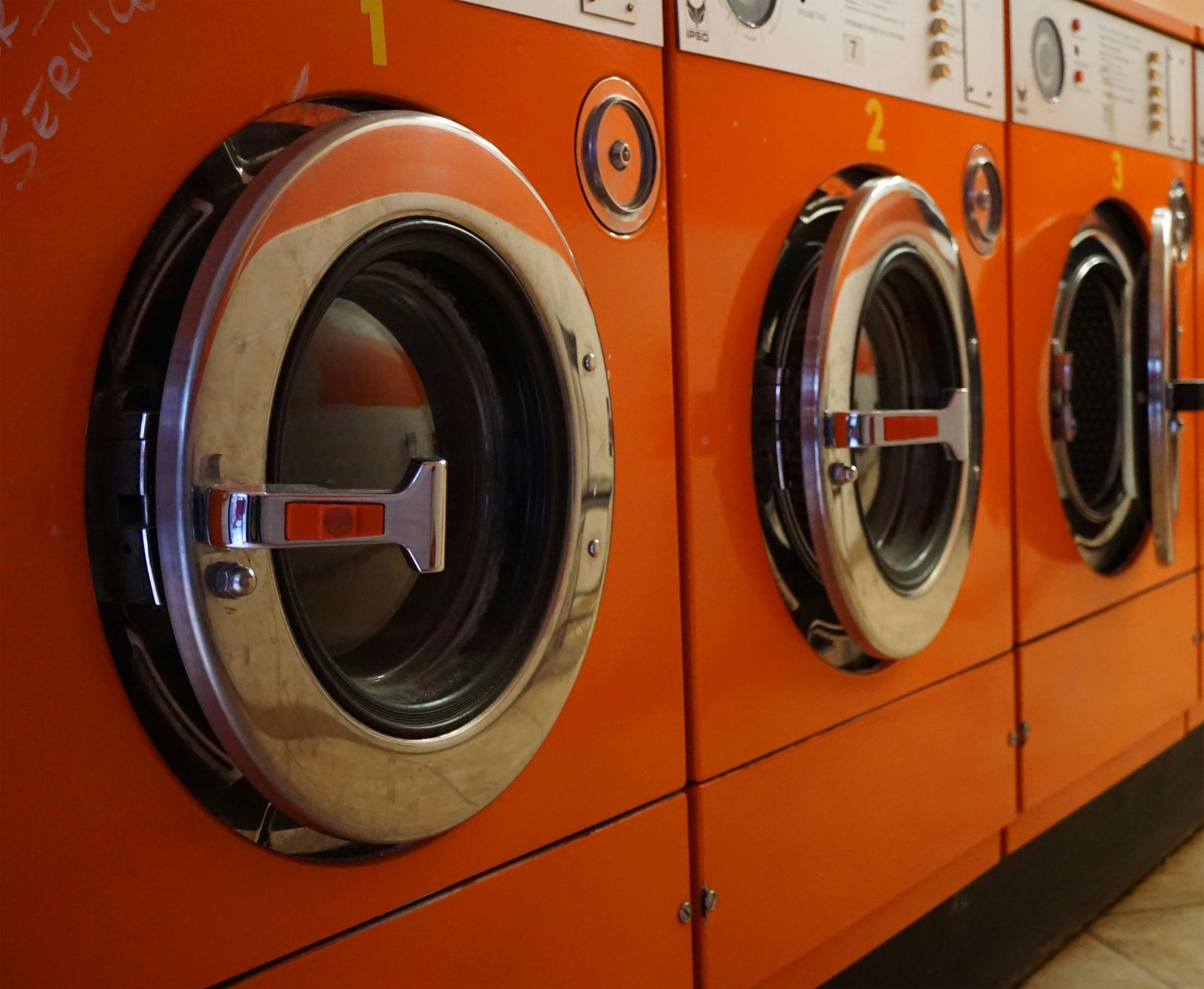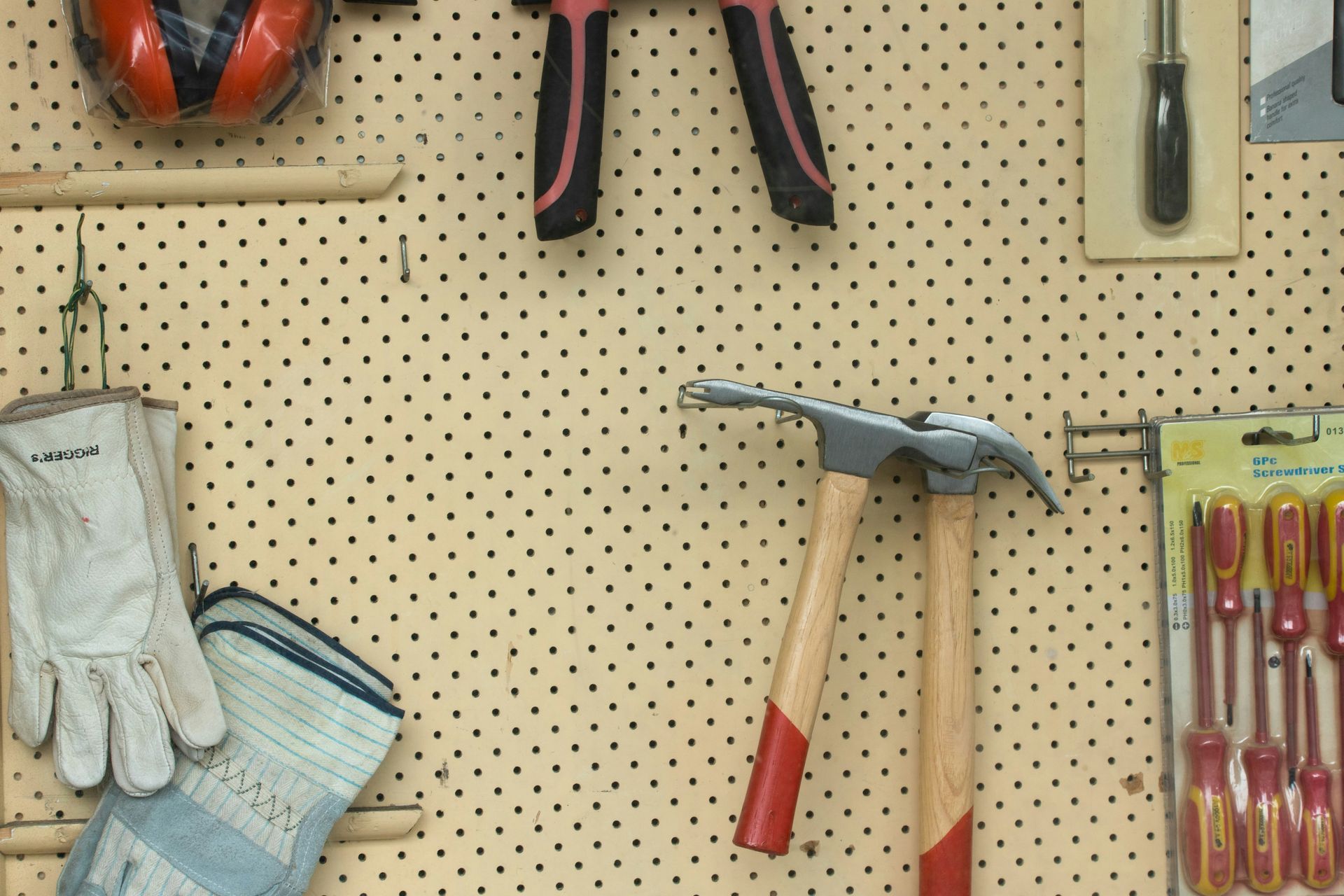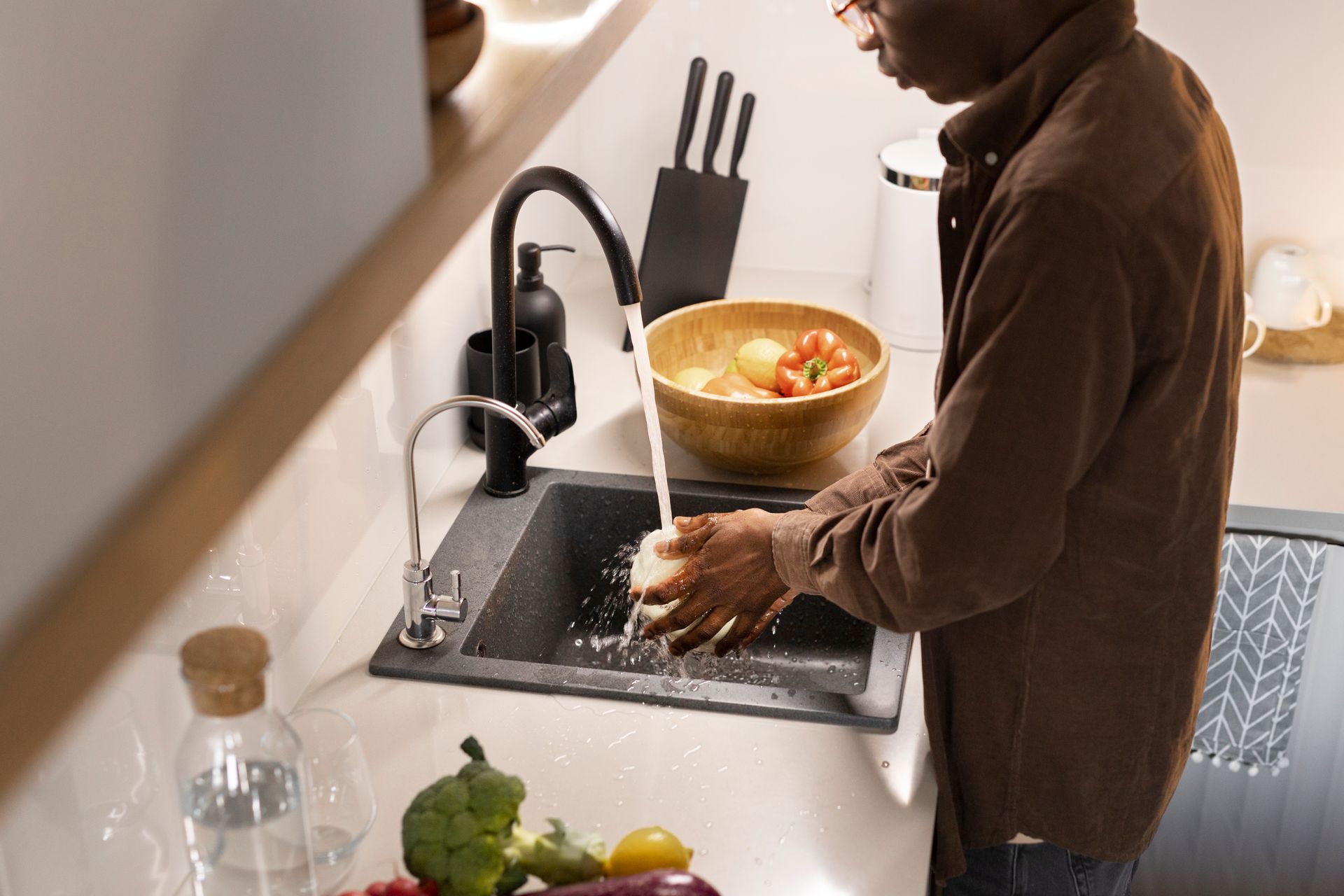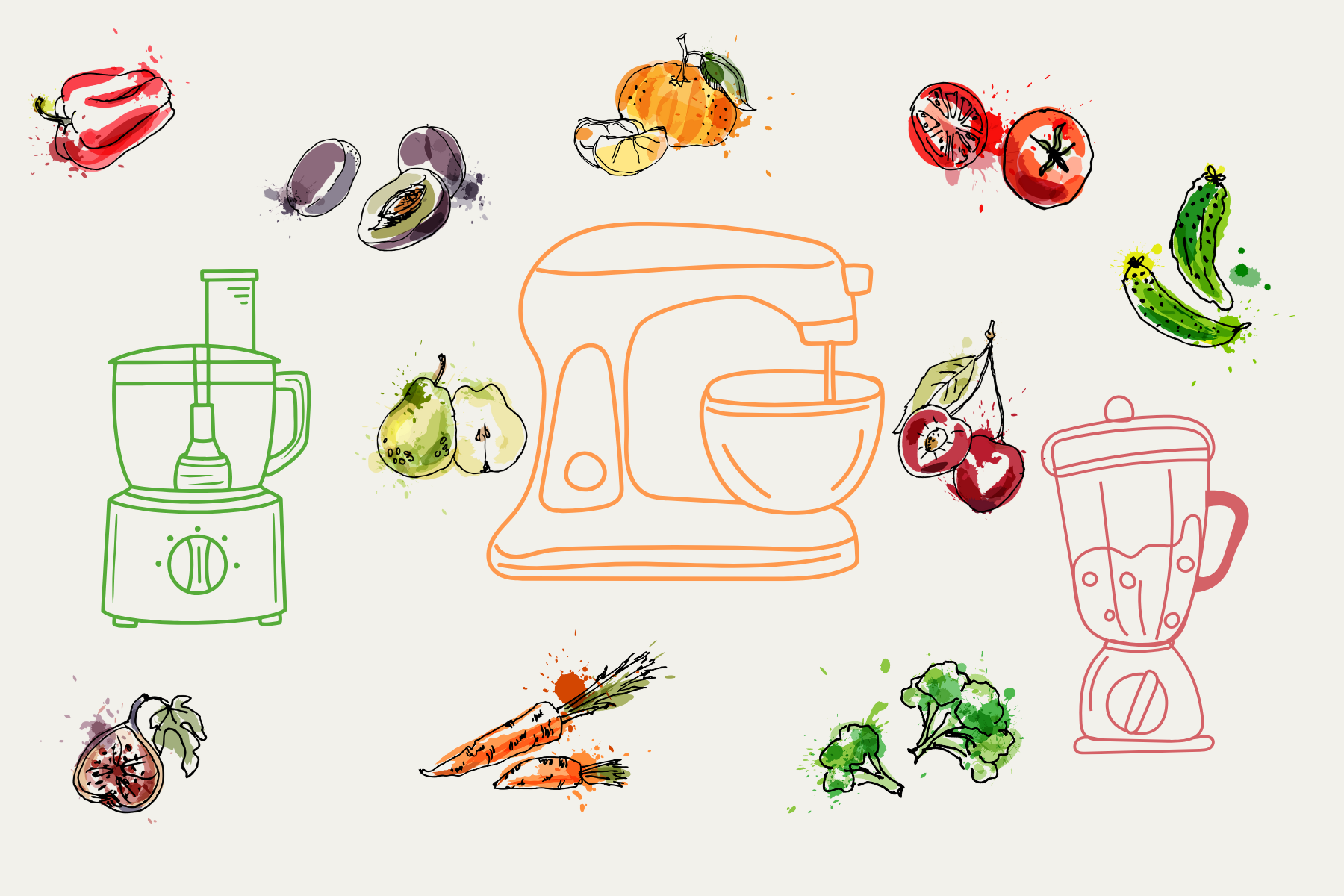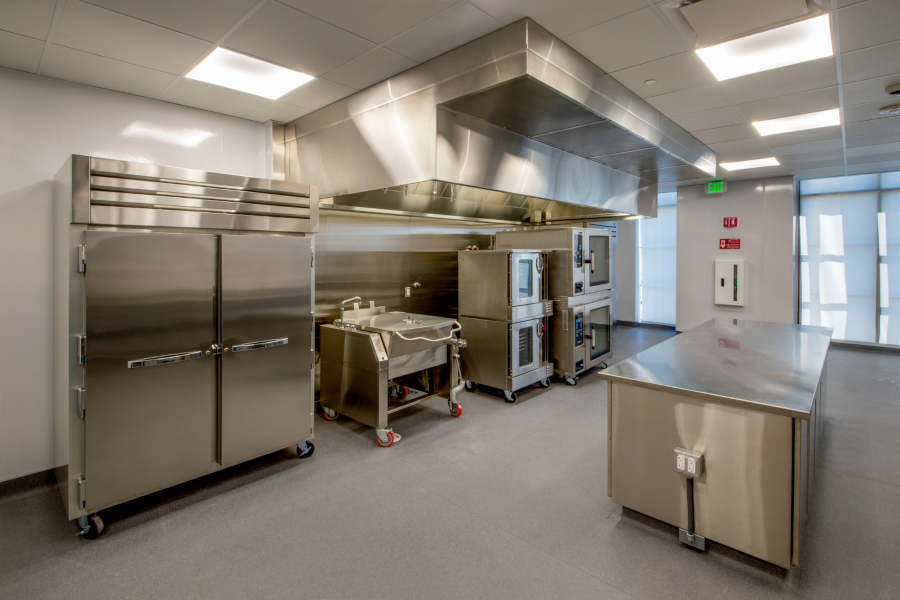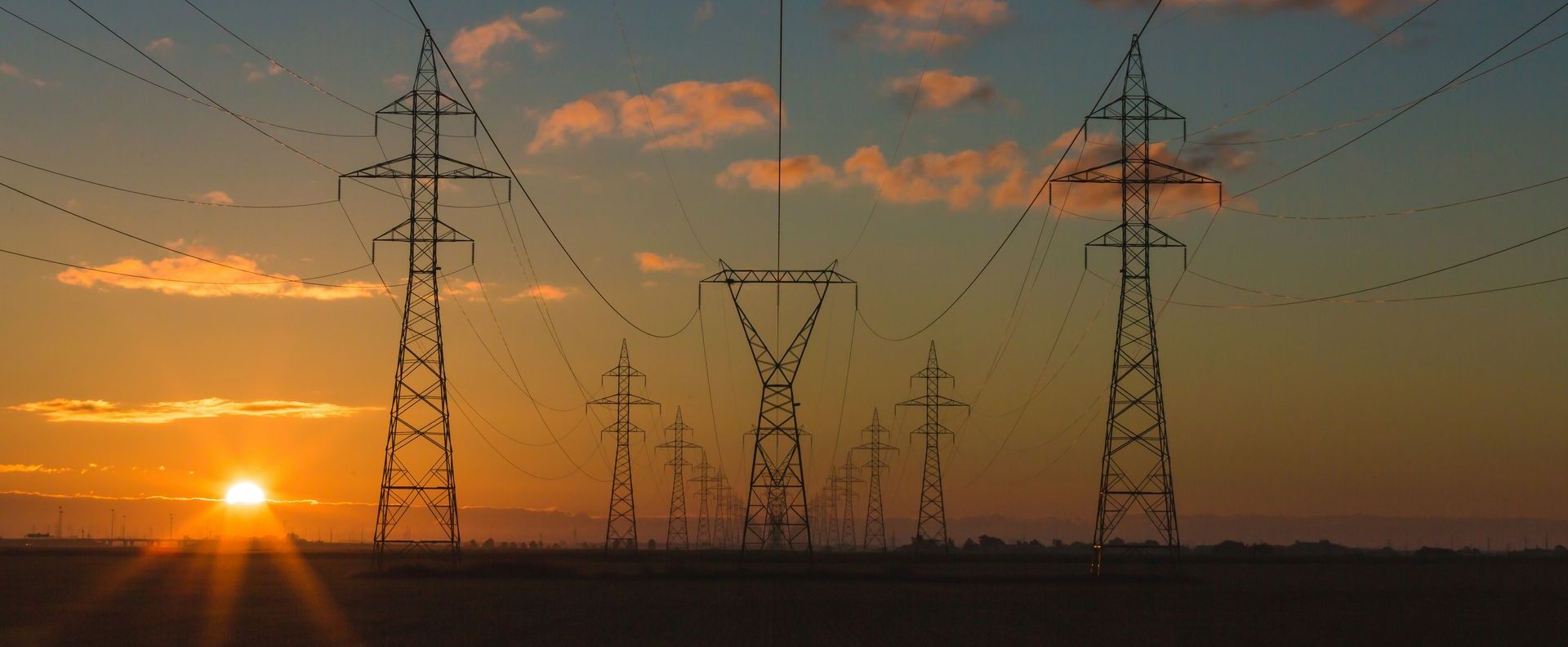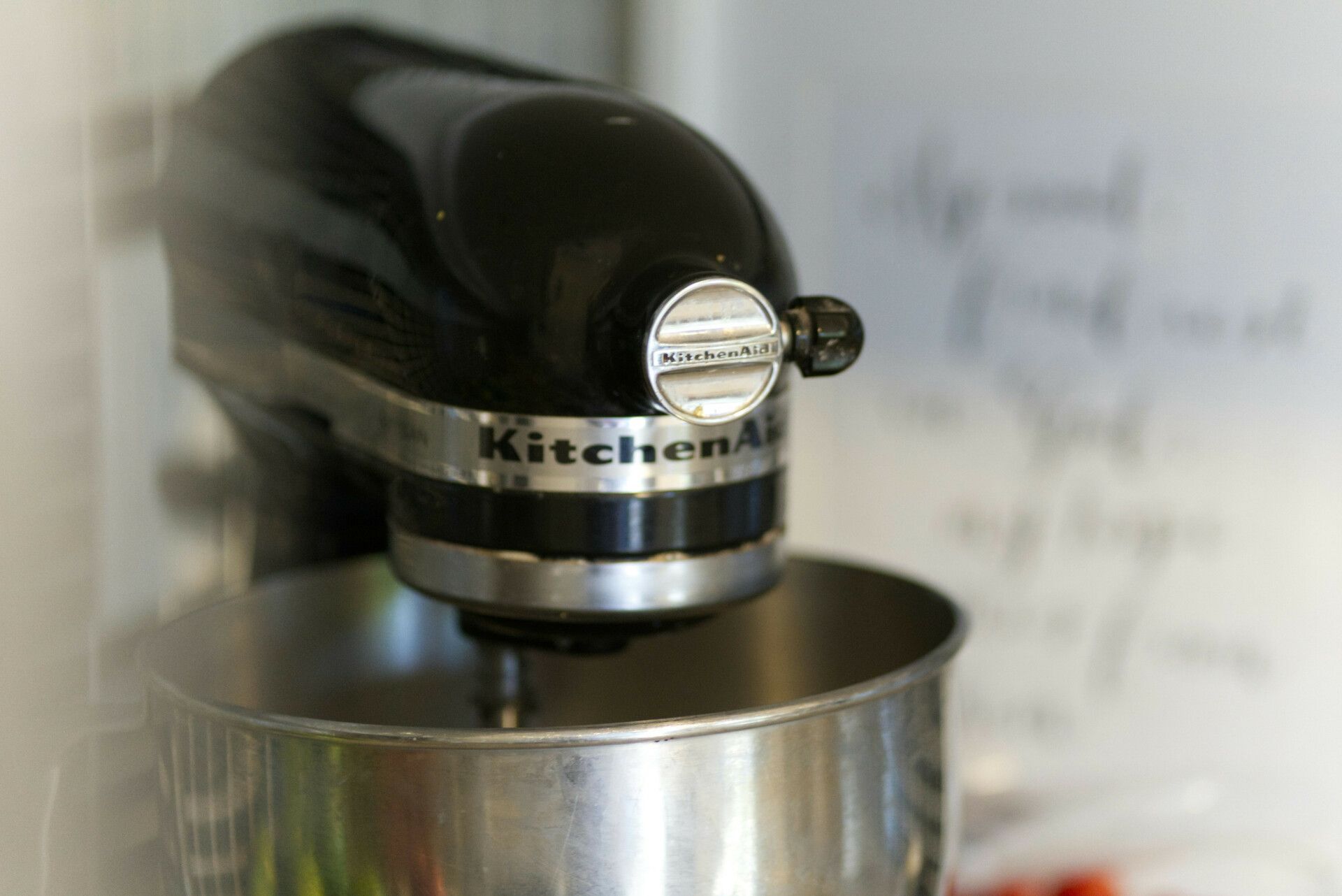Simple Ways to Boost Kitchen Efficiency and Save Energy
In our fast-paced world, where energy bills can skyrocket and environmental concerns take centre stage, finding effective ways to enhance your kitchen's energy efficiency is more crucial than ever. Imagine a kitchen that not only serves as the heart of your home but also helps to significantly reduce your carbon footprint. You might think achieving this is a daunting task, but with the right strategies, it can be surprisingly straightforward. By implementing a few simple changes, you can transform your kitchen into an energy-efficient haven while also saving money in the long run.
Have you ever wondered just how much energy your kitchen consumes daily and what impact it has on both your wallet and the environment?
Upgrade to Energy-Efficient Appliances
Swapping out your old kitchen appliances for energy-efficient models is one of the most straightforward ways to cut down on energy consumption. Energy-efficient appliances are designed to use less electricity while still providing optimal performance. This means you get the best of both worlds: reduced energy costs and a kitchen that runs smoothly.
Modern energy-efficient appliances come with a host of advanced features. For instance, a new refrigerator could offer better insulation and smarter temperature controls, making it more efficient than an older model. By choosing appliances with high energy ratings, you'll not only reduce your kitchen's carbon footprint but also benefit from a quieter, more efficient kitchen environment. These appliances often have energy labels that guide you in selecting the most efficient options available, making your purchasing decisions easier.
Investing in efficient appliances is a savvy move for the long term. Although the initial cost might seem higher, the savings on electricity bills will quickly add up. For example, consider replacing your traditional oven with a more energy-efficient air fryer or slow cooker. These appliances consume less energy and can significantly reduce your electricity usage. Moreover, they often come with features that enhance cooking performance, such as programmable settings and faster cooking times.
Incorporating these energy-saving tips into your kitchen can make a substantial difference. Not only will you be doing your part for the environment, but you'll also be reducing your energy consumption and saving money in the long run. So, next time you're in the market for new home appliances, remember to look for those with high energy ratings and labels.
Mind Your Cooking Methods for Better Efficiency
Cooking is an essential part of daily life, but it doesn't have to be energy-intensive. By adjusting your cooking methods, you can make your kitchen more efficient and lower your energy bills. One of the most effective ways to do this is by choosing the right cooking appliances.
Induction hobs are a fantastic choice for energy efficiency. They heat food faster than traditional stovetops and use less energy in the process. This not only saves time but also reduces electricity consumption. Similarly, pressure cookers are excellent for cutting down cooking times and energy use. They work by trapping steam, which builds up pressure and cooks food much faster than conventional methods.
Convection ovens are another great option for those looking to save energy. They cook food more evenly at lower temperatures, meaning you can achieve the same results with less energy. When it comes to reheating, microwaves are your
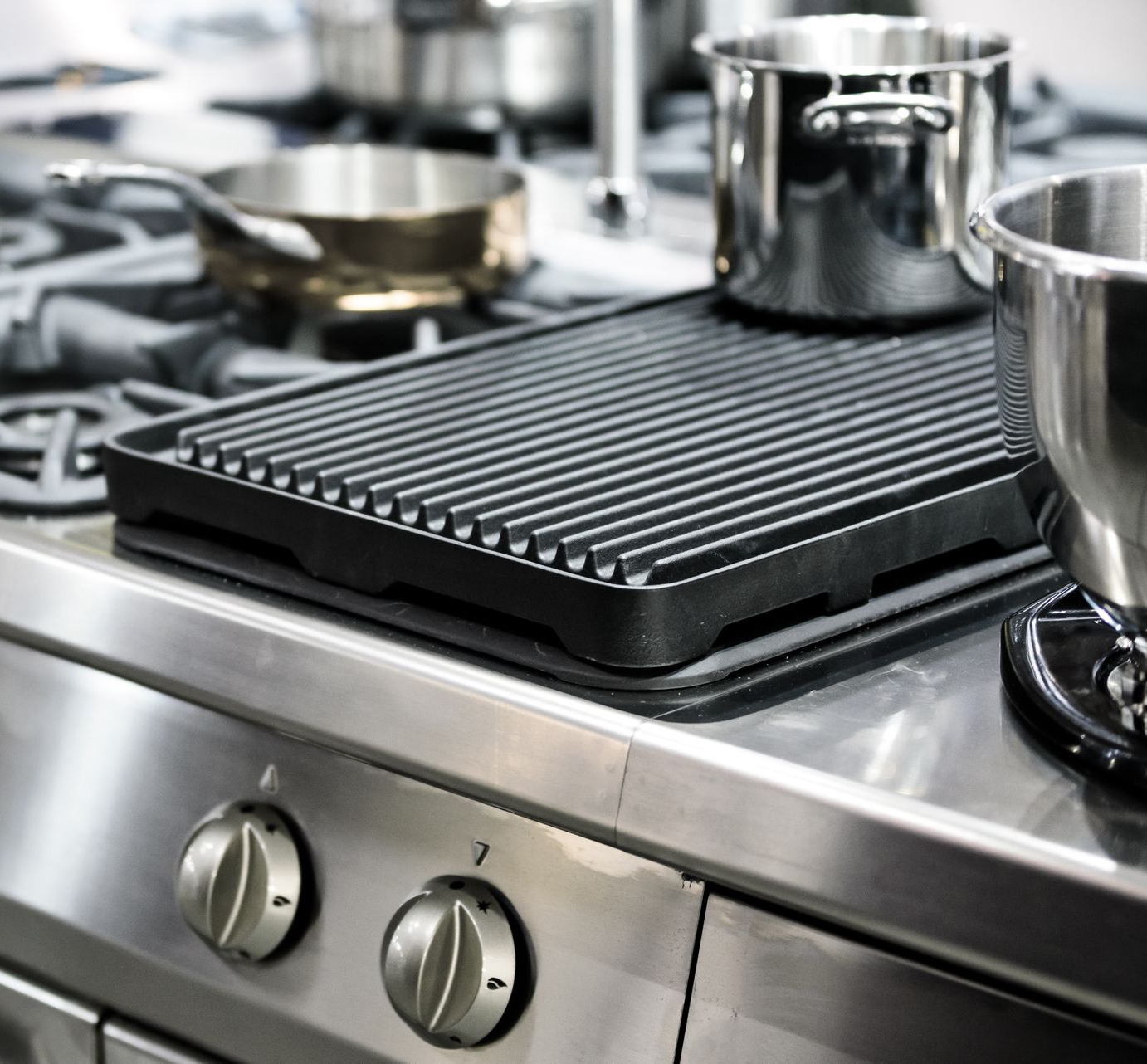
best bet. They're quick, efficient, and use significantly less energy than traditional ovens.
Don't forget the simple act of cooking with lids on your pots. This conserves heat, reducing cooking times and energy usage. By adopting these
energy-efficient cooking methods, you can enjoy delicious meals while keeping your energy consumption in check.
Unplug Appliances on Standby to Save Energy
It's easy to overlook the energy consumed by appliances left on standby, but these devices still draw power, contributing to higher energy bills. Unplugging appliances when not in use is a simple yet effective way to reduce unnecessary energy usage.
Many home appliances still consume electricity even when turned off, known as standby power. This can account for a significant portion of your energy costs. By unplugging devices or using energy-saving plugs, you can automate power cuts and prevent these appliances from consuming electricity when they're not needed.
Incorporating this habit into your daily routine can lead to noticeable savings. Not only will you see a difference in your energy bills, but you'll also be making a positive impact on the environment. Simple habits, like turning off unused appliances, can reduce both costs and your carbon footprint.
To make this process easier, consider investing in smart plugs that can be programmed to cut power at certain times. This way, you can ensure that your appliances are truly off when they're not in use, further enhancing your kitchen's energy efficiency.
Optimise Fridge and Freezer Usage
Your fridge and freezer are among the most energy-hungry appliances in your kitchen. However, by optimising their usage, you can enhance their energy efficiency and save money.
First, set the right temperature for your fridge and freezer. Keeping your fridge between 3-5°C and your freezer at -18°C ensures optimal energy efficiency. A full fridge and freezer retain cold better than empty ones, so consider keeping them stocked. However, avoid overfilling, as this can obstruct air circulation and force the appliance to work harder.
Organised storage is key to reducing cooling times. By keeping your food well-organised, you can minimise the time the door is open, preserving the cold air inside. Regular defrosting of your freezer also improves its efficiency, as ice build-up can increase energy consumption.
Lastly, make sure the doors are closed tightly to maintain the optimal temperature. By following these practical tips, you can ensure your fridge and freezer operate at peak efficiency, reducing your energy usage and costs.
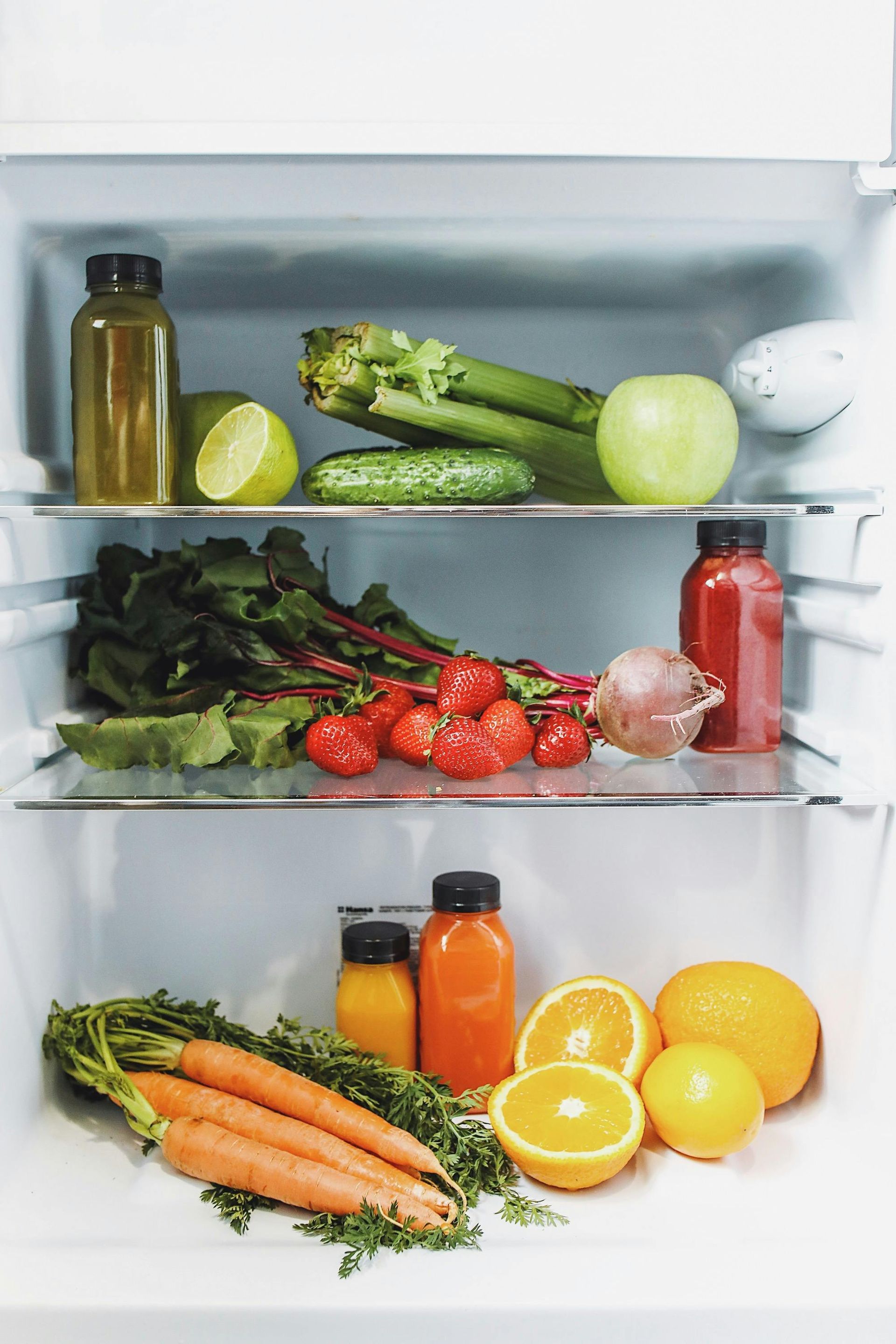
Be Smart with Your Food Storage
Efficient food storage practices can go a long way in saving energy and reducing waste in your kitchen. By using airtight containers, you can keep food fresh for longer, minimising spoilage and reducing the need for frequent fridge openings.
Labelling and dating foods can help you keep track of what's in your fridge, preventing unnecessary openings and energy waste. Additionally, rotating your food ensures that older items are used first, reducing spoilage and energy consumption.
Proper shelf arrangement improves air circulation, allowing your fridge to operate more efficiently.
Choose the Right Cookware for Energy Savings
The cookware you use can significantly impact your kitchen's energy efficiency. Choosing the right pots and pans can help distribute heat more evenly and reduce cooking times.
Heavy-bottomed pots are excellent for distributing heat evenly, while copper and aluminium cookware offers superior heat conduction. Flat-bottomed pans ensure maximum contact with the heat source, improving cooking efficiency.
Selecting the appropriate pot sizes can also reduce cooking time, as smaller pots heat up faster than larger ones. By investing in quality cookware, you can enhance your kitchen's energy efficiency and enjoy better-cooked meals.
Use Eco-Friendly Lighting in Your Kitchen
Lighting plays a vital role in the energy consumption of your kitchen. By switching to eco-friendly lighting options, you can significantly reduce your energy usage while creating a cosy and inviting atmosphere.
LED bulbs are a great starting point. They use less energy than traditional incandescent bulbs and last much longer, which means fewer replacements and less waste. Installing dimmer switches can also provide flexible lighting options, allowing you to adjust the brightness to suit your needs and conserve energy.
Maximising natural light is another effective way to cut down on artificial lighting. Large windows and skylights can brighten your kitchen without using electricity, and reflective surfaces can help amplify this natural light. When artificial lighting is necessary, focus it where it's needed with task lighting, ensuring that energy is used efficiently.
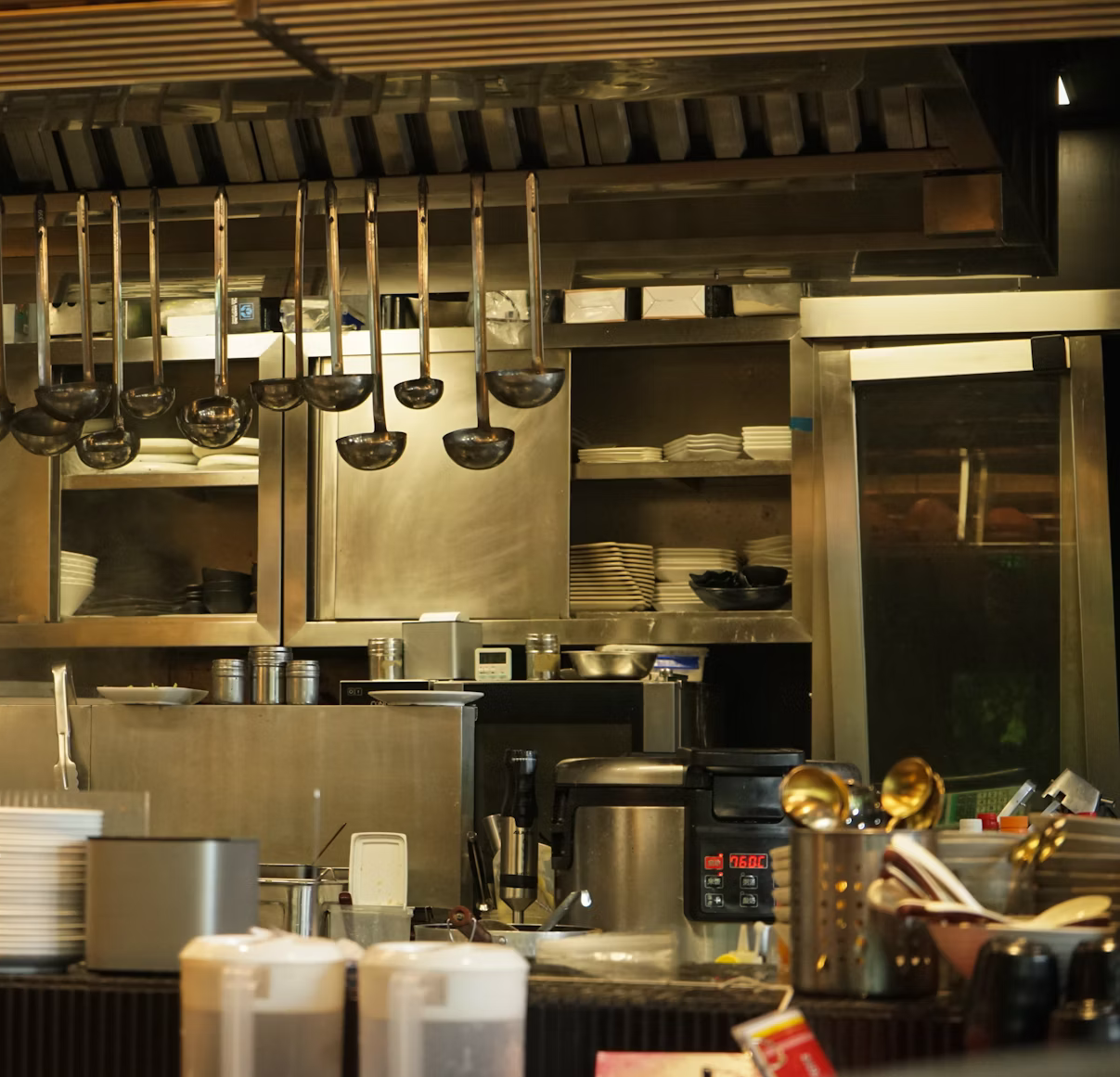
By adopting these energy-saving lighting strategies, you'll create an aesthetically pleasing kitchen that aligns with sustainable living practices. The result is a warm and welcoming space with reduced energy costs.
Regular Maintenance for Maximum Appliance Efficiency
Regular appliance maintenance is crucial for ensuring your kitchen remains energy-efficient. Clean appliances work more effectively and use less energy, so make it a habit to check and clean filters and vents regularly.
Timely repairs can prevent energy waste and extend the lifespan of your appliances. Scheduled servicing ensures peak performance, reducing energy consumption and costs.
Turn Energy-Saving Tips into Daily Habits
Incorporating energy-saving tips into your daily routine can make a big impact over time. Simple changes, like turning off lights when leaving a room or unplugging unused appliances, can gradually lead to significant savings.
Routine checks of your kitchen appliances help maintain their efficiency, and consistent efforts can lead to noticeable reductions in energy usage. Sharing these tips with your household encourages participation and fosters a culture of sustainability.
By setting monthly energy goals and tracking your progress, you can stay motivated and continue to improve your kitchen's energy efficiency. These sustainable habits contribute to a greener environment and a more efficient kitchen.
Conclusion
Boosting your kitchen's energy efficiency doesn't have to be a complex or overwhelming task. By following these practical tips, you can create an efficient kitchen that not only saves energy and money but also aligns with your sustainable living goals. From upgrading your appliances to adopting smarter cooking methods and optimising lighting, each step you take brings you closer to a greener, more cost-effective kitchen.
So, what's your next step towards creating a more energy-efficient kitchen? Share your thoughts and ideas with us in the comments below!

